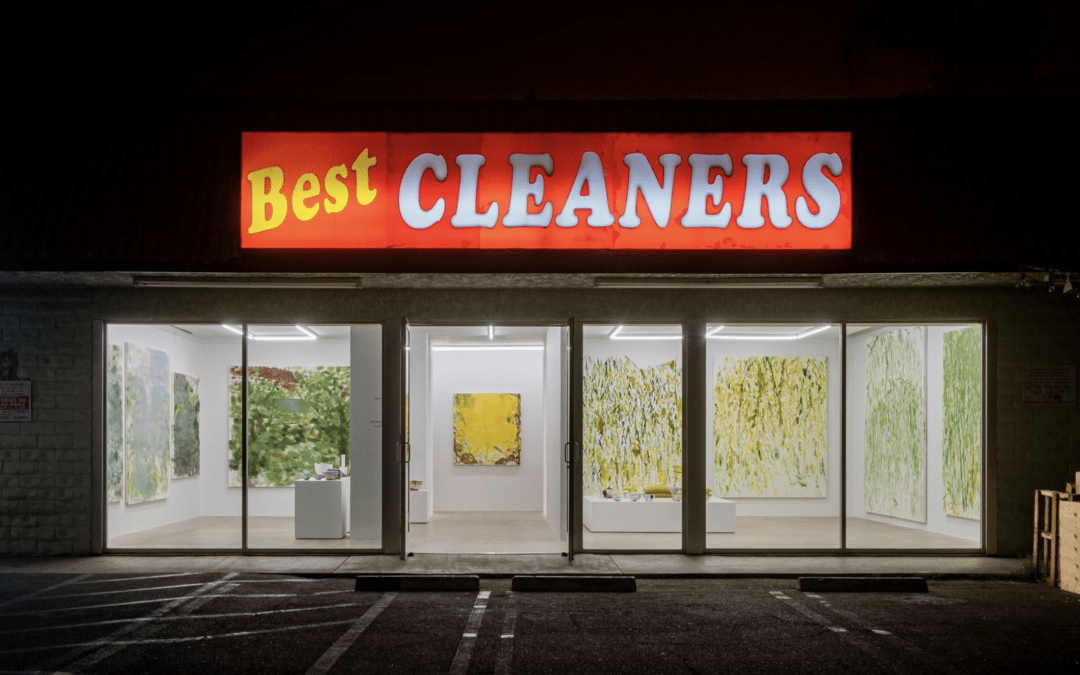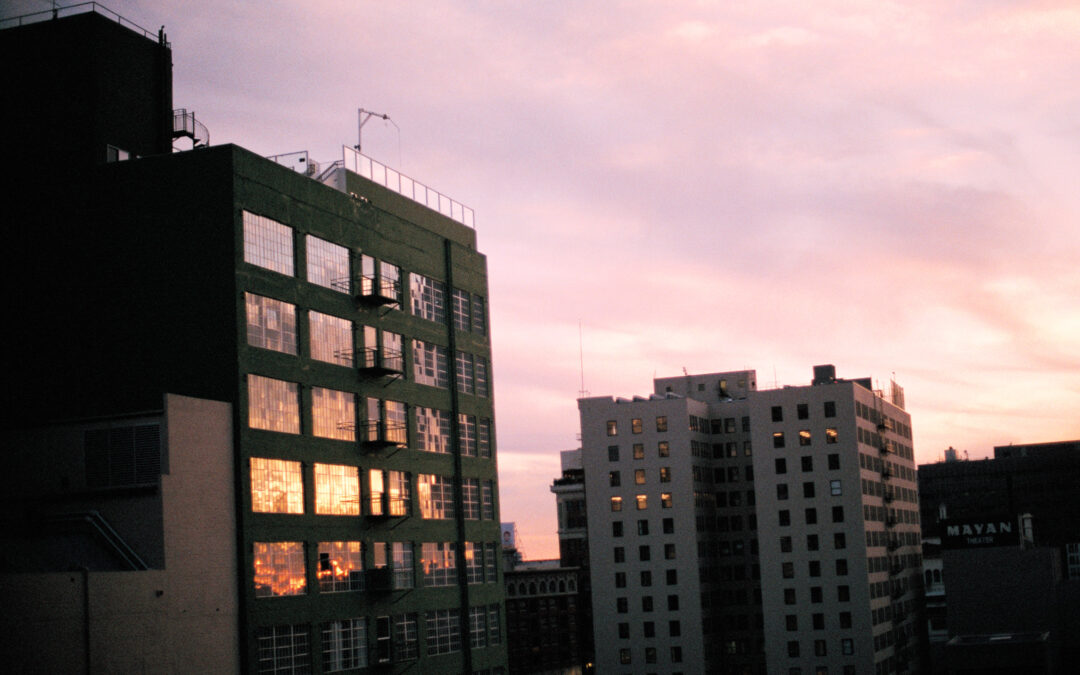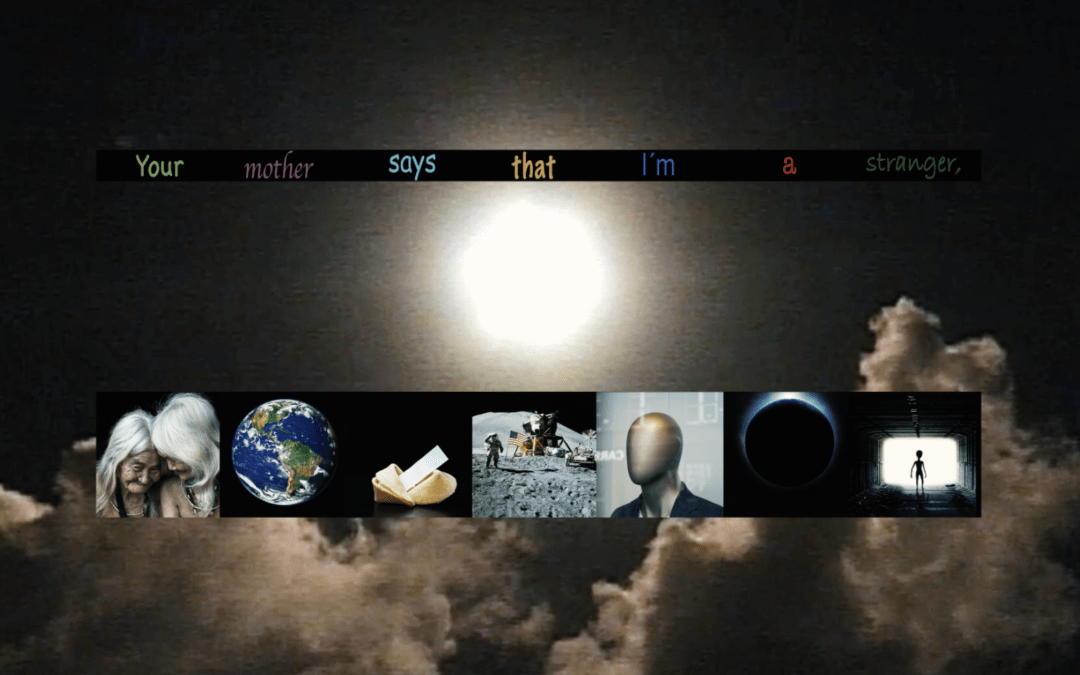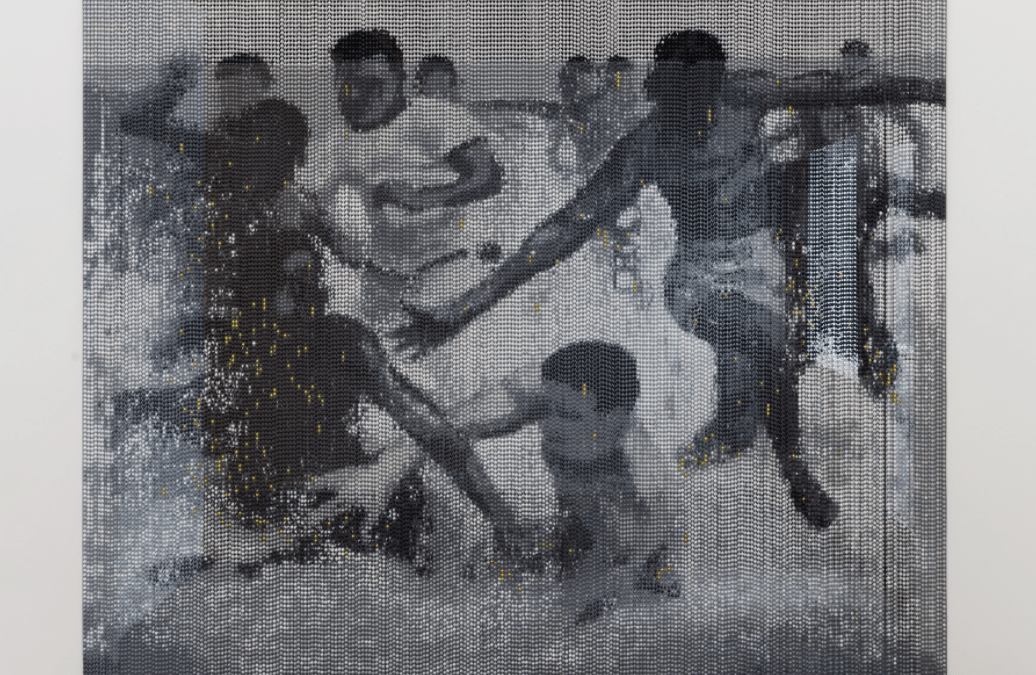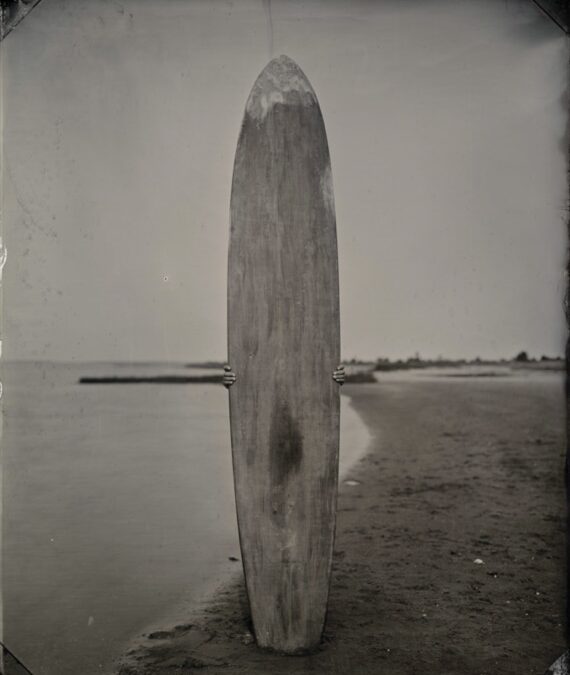There is a natural tension drawn between old and new, conservative and progressive. Often times, it can feel that between those two positions there can be no resolution. Even in art, it can be difficult to fit the opposing ideals together; though when it happens, the...
